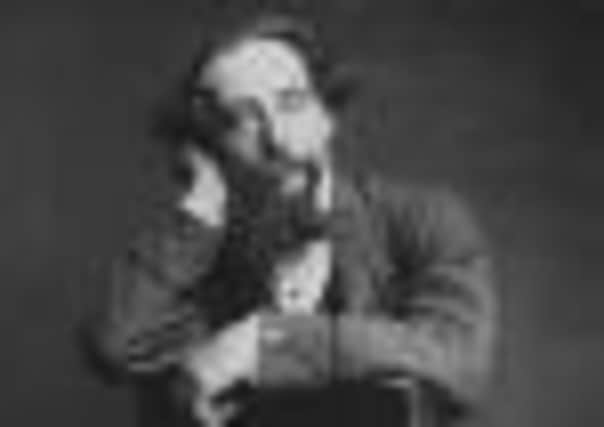Charles Dickens’ last readings in Edinburgh


The novels of Charles Dickens, a fierce critic of poverty in Victorian society, were very much works of social commentary which succeeded in not only entertaining the reader but also in highlighting the life of the poor and disadvantaged, This was at a time when Britain was the major economic and political power in the world. A natural performer, Dickens brought these novels to life on stage and made the stories more accessible.
In the years leading up to 1869 Dickens had suffered regularly from bouts of fatigue-related ill health which eventually led him to give up his famed energetic performances.
Advertisement
Hide AdAdvertisement
Hide AdDickens ended with a series of ‘farewell readings’ throughout Britain in 1869.
The final Edinburgh performance on the 26th February was particularly anticipated.
It was the second of Dickens’ two farewell performances with the first one, scheduled for the 19th February having been postponed to the 24th February, due to Dickens sustaining a foot injury. Not exactly a stranger to Scotland’s capital city, Dickens was always well received by the crowds who came to watch him work his literary magic.
Therefore the disappointment of the cancellation of the first performance had been immense and in order to try and calm the impatient theatregoers, The Scotsman had previously taken the step of printing the medical certificate from Dickens’ physician, which stated – “We the undersigned, hereby certify that Mr. Charles Dickens is suffering from inflammation in the foot (caused by over-exertion), and that we have forbidden his appearance on the platform this evening, as he must keep to his room for a day or two..”
With the first of the two performances over and favourable reviews in the press, the 26th February saw the final Edinburgh readings take place and a crowded music hall watched Dickens perform scenes from ‘A Christmas Carol’ and ‘Oliver Twist’.
The latter featured the scene, ‘Sykes and Nancy’. This scene, in which Dickens re-enacted the murder of Nancy by Bill Sykes, had often been thought to be the scene which drained Dickens more than any other in his repertoire, not to mention horrifying some of the audience members with its violent nature being more than some Victorians could bear! The Edinburgh Evening Courant described Dickens’ performances as ‘marvellous exhibitions, which are unique in themselves, and in their combinations of power and elocutionary felicity which have probably never been rivalled’.
The performances were indeed unique, and in fact, with the 200th anniversary of his birth this year, many articles have covered the topic of why Dickens still has such enduring appeal, with adaptation after adaptation being made of his stories through the years. The consensus seems to be that Dickens’ characters were so colourful, in fact, almost caricature like, lending themselves well to dramatic production. It has often been said that if not a writer, Dickens would have been an actor, as his flair for artistic presentation and love of the stage was evident.
Advertisement
Hide AdAdvertisement
Hide AdWith worsening health, Dickens continued his readings throughout Britain, however a mild stroke in Preston in April 1869 forced him to cancel the remaining readings scheduled for that year, only returning to the stage in January of 1870. Dickens gave his final performance in London in 1870, shortly before he died following another stroke in June 1870, aged just 58.